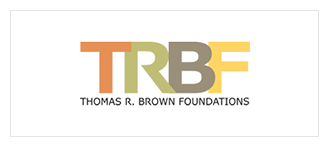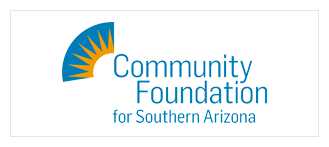How are we doing?
In comparison to U.S. students’ performance, Arizona students scored higher than the national average in eighth-grade math, and lower than the national average in fourth-grade reading. Despite posting a lower than national average score, Arizona’s fourth-grade reading scores showed improvement between 2013 and 2015, thus reducing the achievement gap between Arizona and the nation. On the state level, in 2015, Maricopa County came out on top when comparing AzMERIT standardized test scores for third grade English Language Arts (ELA) and eight-grade math across the counties.
In English Langauge Arts, which tests reading and writing skills, 43% of third graders in Maricopa County met or exceeded the state proficiency standards. Yavapai County was second with 42%, and Pima County ranked third with 40%. Performance across Arizona's counties varied substantially. Only three counties scored equal to or higher than the state average of 40%. The remaining counties scored in the 20% to 30% range, with the exception of Apache County which had only 17% of its students test proficient in English Language Arts.
[[nid:16002]]
Maricopa County was the top performer for eighth-grade math. Both Maricopa (37%) and Graham (35%) exceeded the state percentage of students testing proficient or above in math (34%). Among Arizona counties, Pima County ranked fifth with 31% of eight-grade students testing proficient or above on the AzMERIT test in math. Apache, Gila and La Paz counties had among the lowest scores in both English Language Arts and math, which reflects the low test scores among Arizona’s Native American students.
[[nid:15958]]
Why is it important?
Standardized test scores are one measure of a region’s ability to prepare its youth for the demands of higher education and a career. Creating skilled and productive future workers can benefit the local economy, and maintaining high-quality school systems can attract a talented workforce to the area. In addition to the significant economic effects of developing a young, skilled workforce, good school systems raise the desirability of an area from a quality-of-life perspective. Low student achievement means that students may be ill-equipped to attend college or perform high-skilled labor. Low-performing schools also may be indicative of socioeconomic challenges in the community, such as poverty.
How do we compare?
Scores for Arizona’s students varied across race and ethnicity, with most races achieving greater proficiency percentages in third grade English Language Arts than eighth-grade math. Asian students achieved the highest rate of proficiency, both in third grade English Language Arts (65%), and eighth-grade math (67%). Whites achieved the second highest proficiency rates but showed a larger disparity between English Language Arts and math (56% ELA, 46% math). Proficiency rates for all other races in both third grade English Language Arts and eighth-grade math were at or below 50%. Rates for Native Hawaiian/Other Pacific Islander fell close to 10-percentage points below whites in both categories. Hispanics and blacks lagged even further behind, as both groups had third grade English Language Arts and eight-grade math proficiency rates below the 30th percentile. Arizona’s Native American students continue to struggle. Students in this demographic had an 18% proficiency rate for third grade English Language Arts, and a 15% rate of proficiency in eighth-grade math.
[[nid:16018]]
What are the key trends?
Between 2003 and 2015, academic scores in Arizona improved more rapidly than the nation, allowing Arizona to surpass the nation in math and gain ground in reading. Math scores for eighth graders in Arizona rose 3.3% over the past decade, compared to an improvement of 1.1% for the nation, and state scores now exceed the national average. Reading scores for fourth-graders also improved, rising from 207 to 215 over the past decade, reducing the achievement gap between the nation and Arizona to six points.
[[nid:922]]
How is it measured?
Each spring, Arizona students in the third through eighth grades, and high school, take an exam known as AzMERIT. As of 2015, AzMERIT replaces AIMS for reading, writing and math. AzMERIT scores students proficiency in English Language Arts and math. Percentages reported here are for those students who passed the 2015 AzMERIT test, meaning that they are proficient or highly proficient in the tested skill. Unlike AIMS, passing is not a requirement for graduation from high school. National data are the average scale scores from the National Assessment of Educational Progress (NAEP), an ongoing student assessment program conducted by the National Center for Education Statistics under the U.S. Department of Education.













